There are several compelling reasons to incorporate yoga into your fitness regimen. Yoga strengthens muscle tone, endurance, and balance, as well as helping you relax and relieve tension, thanks to its signature pranayama breathing technique. According to research, yogic practices can also help you sleep easier, relieve stress, anxiety, depression, and chronic pain, and improve your overall well-being and quality of life.
Yoga does not have to be difficult. You already did any of the yoga poses if you rolled out of bed this morning and spread your arms up above your head. Yoga incorporates mindfulness into stretching, requiring you to listen carefully to your alignment and how the exercises feel in your body.
If you want to give it a try to remain fit and flexible? Yoga teachers suggest the following eight beginner yoga poses, known as “asanas.”
1. Sukhasana: To Relieve Stress
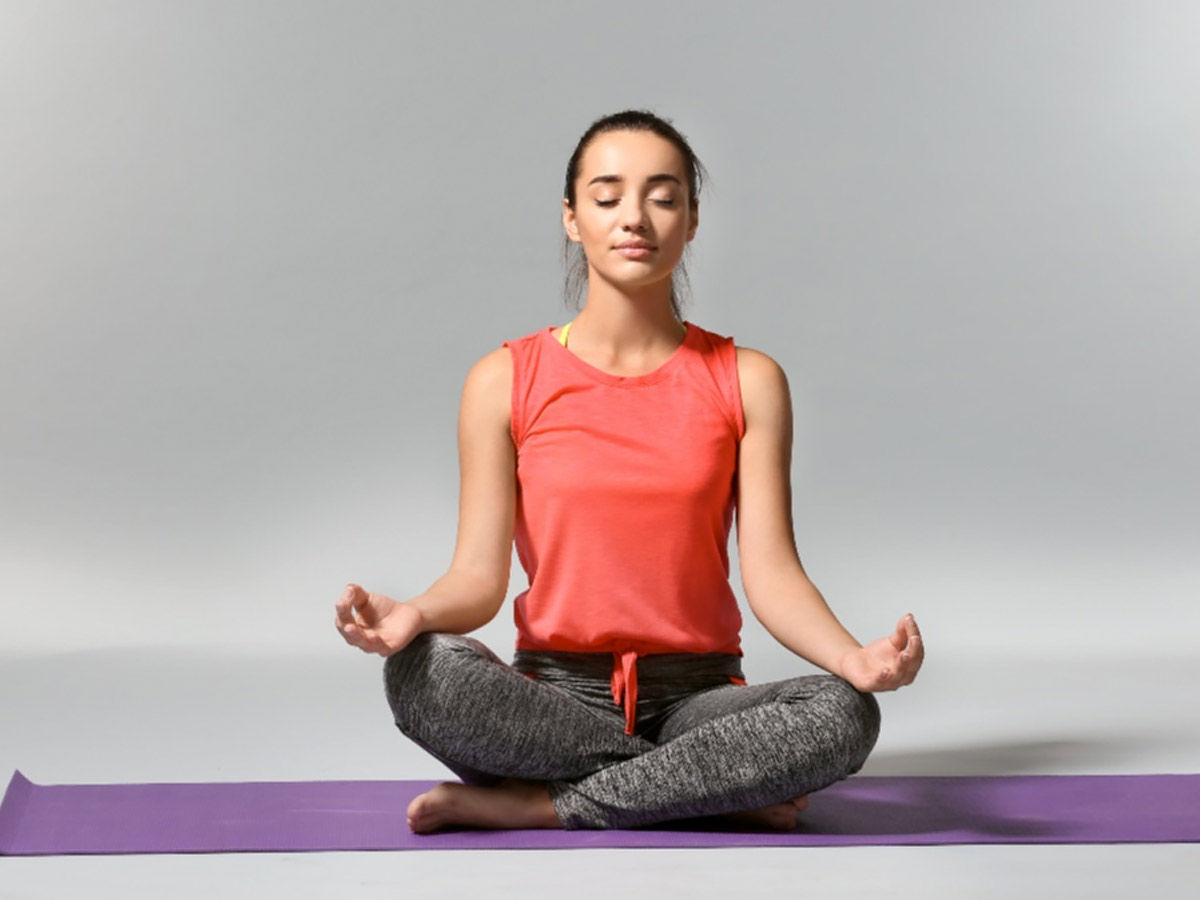
Sit cross-legged on a yoga mat with your hands on your feet, palms up. Maintain as much straightness as possible in your spine. Push the bones you’re lying on into the floor — the “sit bones,” as they’re known in yoga. Close your eyes and deep inhale and exhale breath.
Gwen Lawrence, the yoga instructor for the New York Knicks and other sports teams, athletes, and celebrities, says, This is a perfect pose for beginners to use as an evaluation. Sitting on the floor allows you to see and feel the outward movement of the legs.” This Pose also improves back stability and can help with stress relief.
2. Vrikshasana is a yoga posture (Tree Pose)
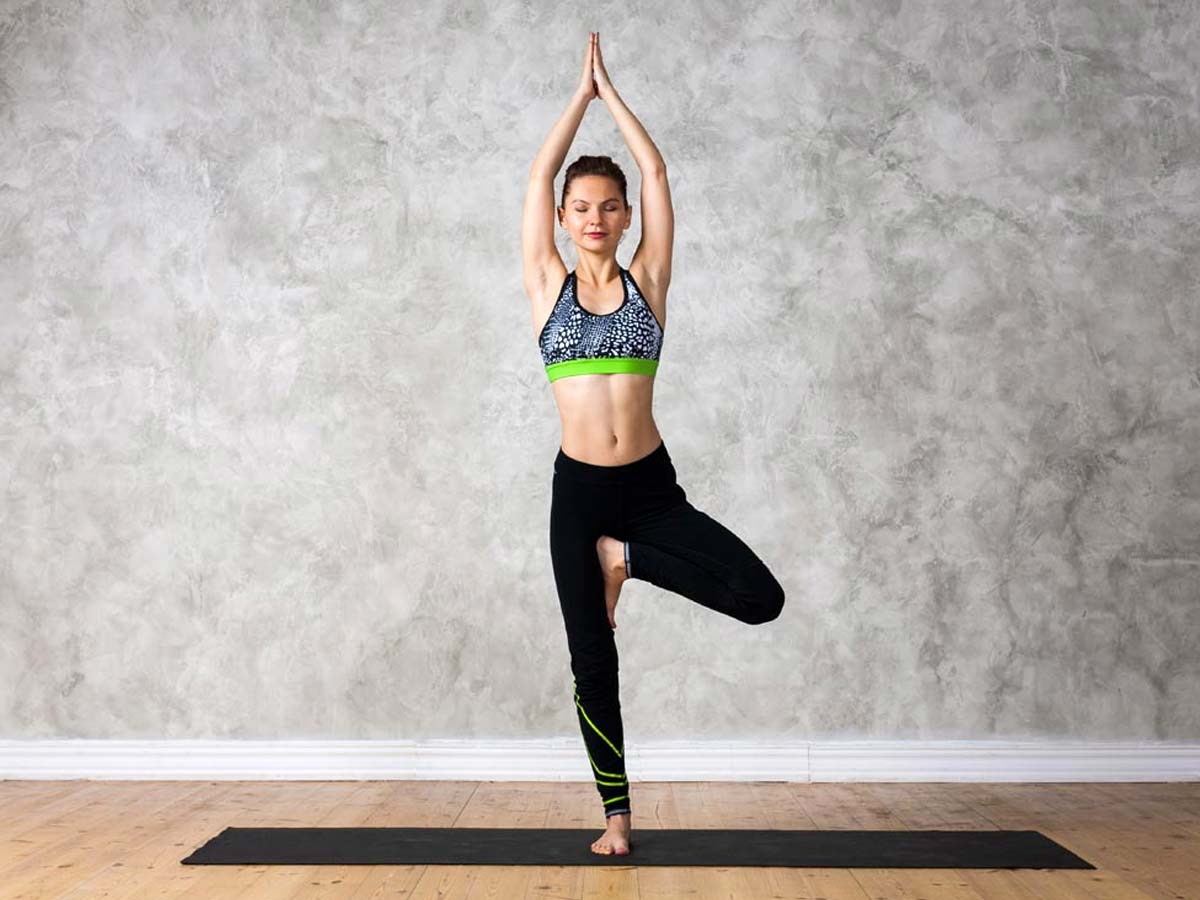
This Pose provides a sense of stability. It strengthens your legs and back while improving your balance. It imitates a tree’s steady stance. Place your right foot on your left thigh, way up. The foot’s sole should be smooth and securely positioned. Maintain your balance by keeping your left leg straight. Lift your arms above your head and put your hands together when inhaling. Take a few deep breaths while keeping your spine straight. Exhale slowly, lowering your hands and releasing your right knee. Return to a standing position and do the same with the opposite leg.
3. Adho Mukho Svanasana

This Pose expands the hamstrings, chest, and neck, increasing blood flow to the brain. It will make you feel energized. Sit on your heels with your arms stretched out on the mat, and lower your head. Form a table by pressing your hands together, supporting your thighs, and gradually raising your hips. Tighten your waist, press your heels down, and let your head hand fall freely.
4. Child pose: Balasana
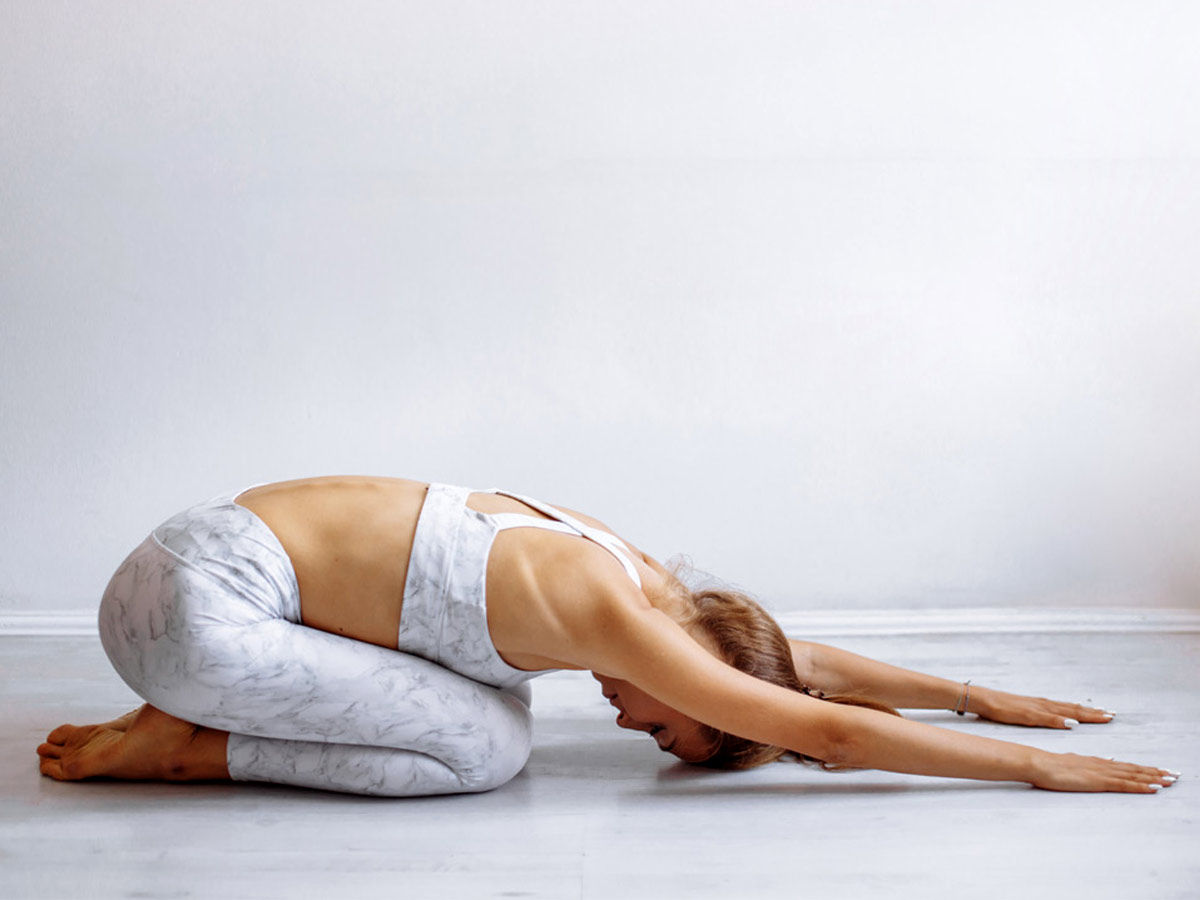
Simply bend your knees and lower your buttocks to your feet as you raise your chest toward the floor over your knees from Downward-Facing Dog. Lower your shoulders and gaze to the ground. Place your arms along your sides, palms down, or fold your arms under your brow to protect your head. Breathe and relax for as long as necessary. Child’s Pose is one of the most healing yoga poses. It’s my personal favorite, says Cullis According to Cullis, it reawakens the link between the air and the body. It sends healing energy throughout all the muscles. Child’s Pose is an excellent way to unwind and relax during your yoga practice or if you feel exhausted or stressed.
Also read, 5 Best Yoga Exercises To Fight Depression and Stress
5. Naukasana (Boat Pose)
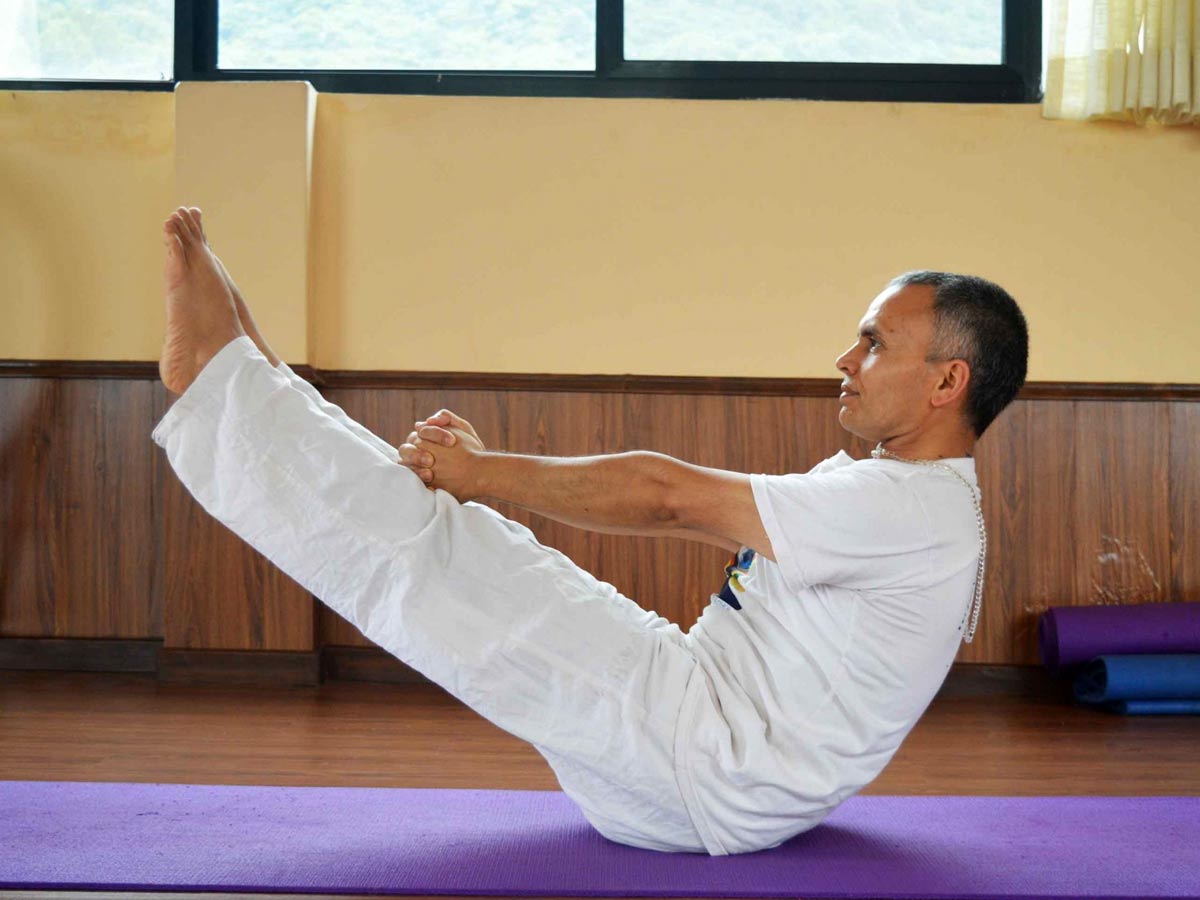
It enhances the shoulders and upper back while tightening the abdominal muscles. It gives the practitioner a sense of security. Lie back on the mat, feet together, hands by your sides. Take a deep breath in and slowly raise your chest and feet off the ground before exhaling. Extend your fingers in the direction of your feet. Your eyes, fingers, and toes should all be in a straight line. Hold for a few seconds before you feel some discomfort in your navel region as your abdominal muscles begin to contract. Return to the ground and relax while you exhale.
6. Tadasana
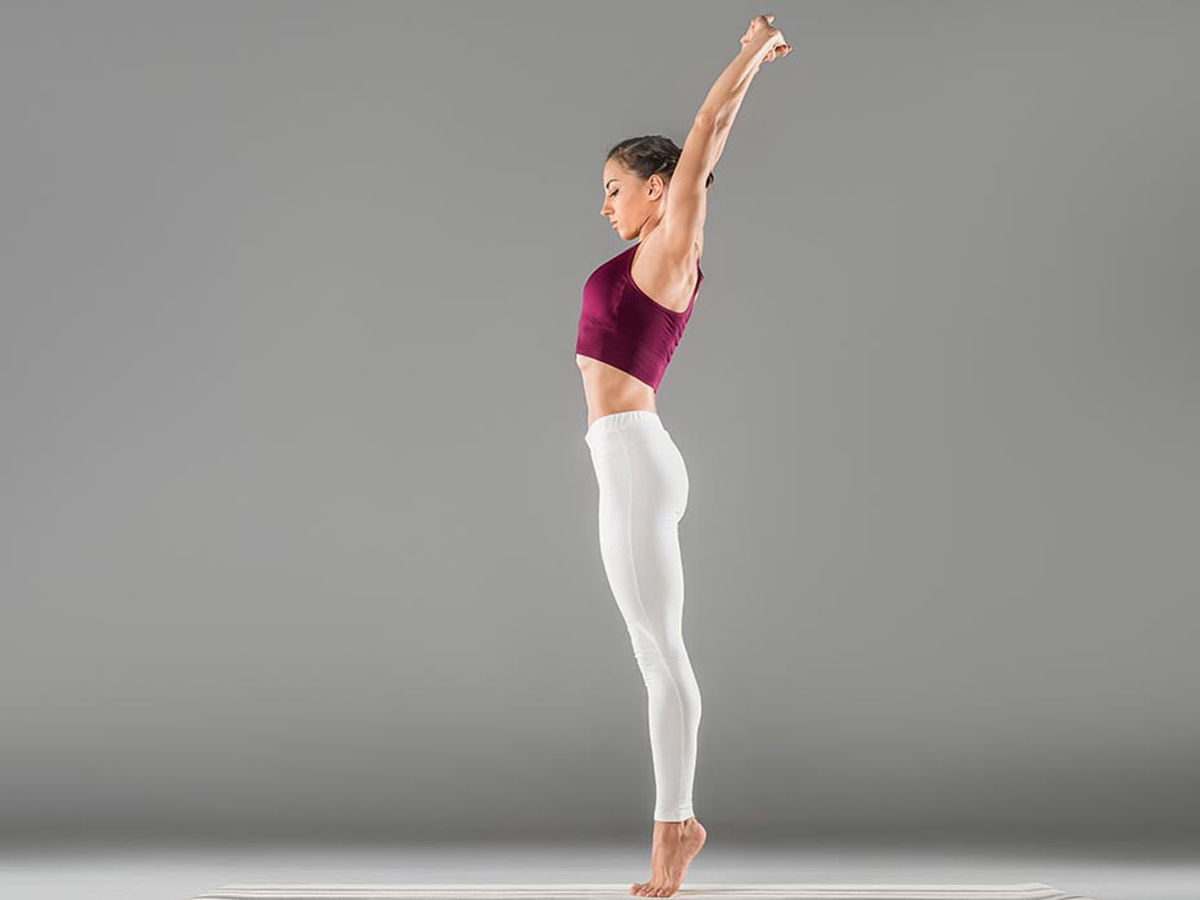
Stand still, chest open and wide, hands at your sides, and feel your feet on the concrete, as well as the sensations in your legs and back. And, in front of a mirror, assess your stance. Lawrence has her athletes stand with long pencils on each side. “I tell them to look down at the pencils and see how they point like a compass. Are they the same thing? Is one straight and the other pointing to three o’clock on the clock?”
This Pose will show you whether you have any shoulder imbalances and will give you hints about what you need to focus on. If one pencil is sharp, so is your shoulder.
7. Bhujangasana (Cobra Pose)
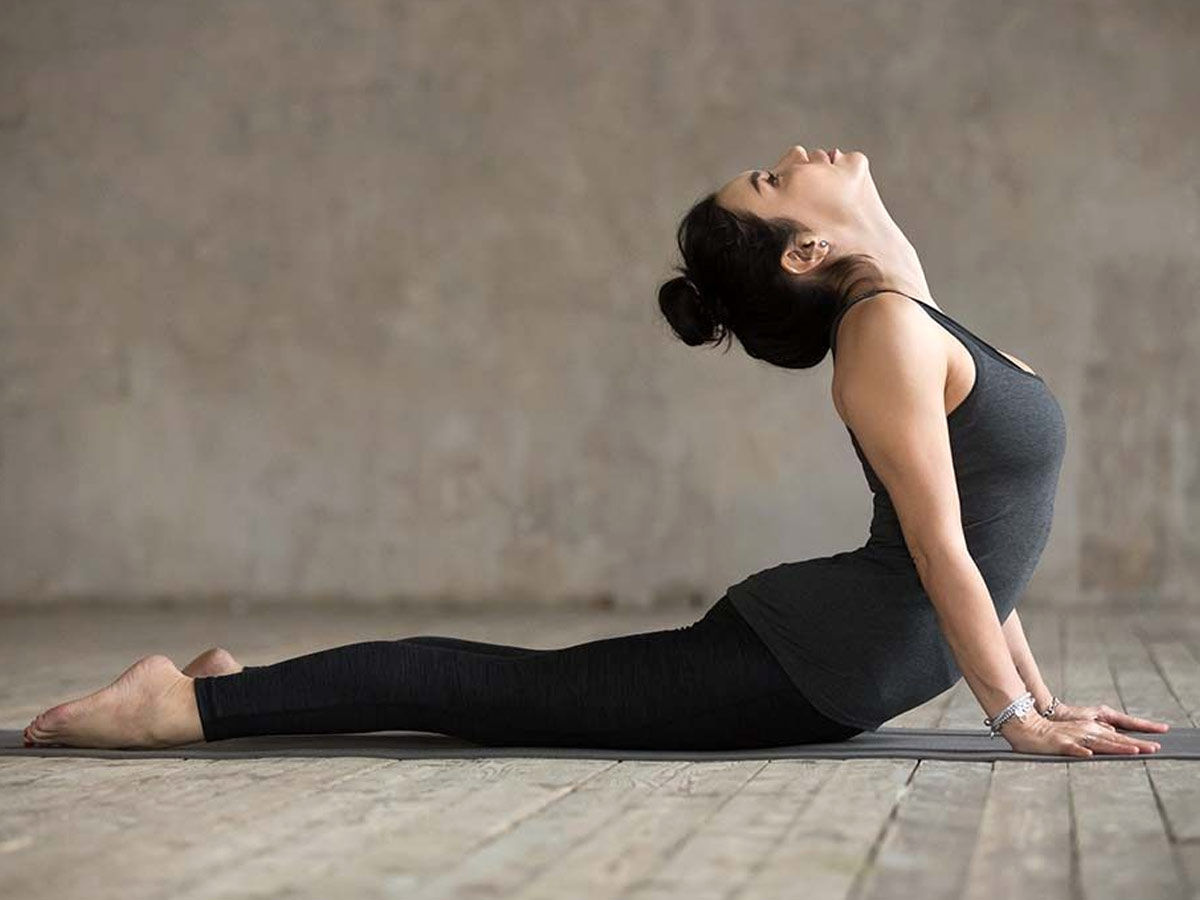
This would strengthen the lower back muscles while cushioning the spine and the triceps and opening the chest to facilitate inhalation. It also helps to make the spine more flexible. Lie down on your back, feet together, and toes flat. Place your hands on the mat below your shoulders, lift your waist, and raise your head while inhaling. With the help of your hands, pull your torso around. Maintain straight elbows and apply equal pressure to both palms. Tilt your head back and keep your shoulders away from your face. Exhale as you return to the field.
8. Uttanasana
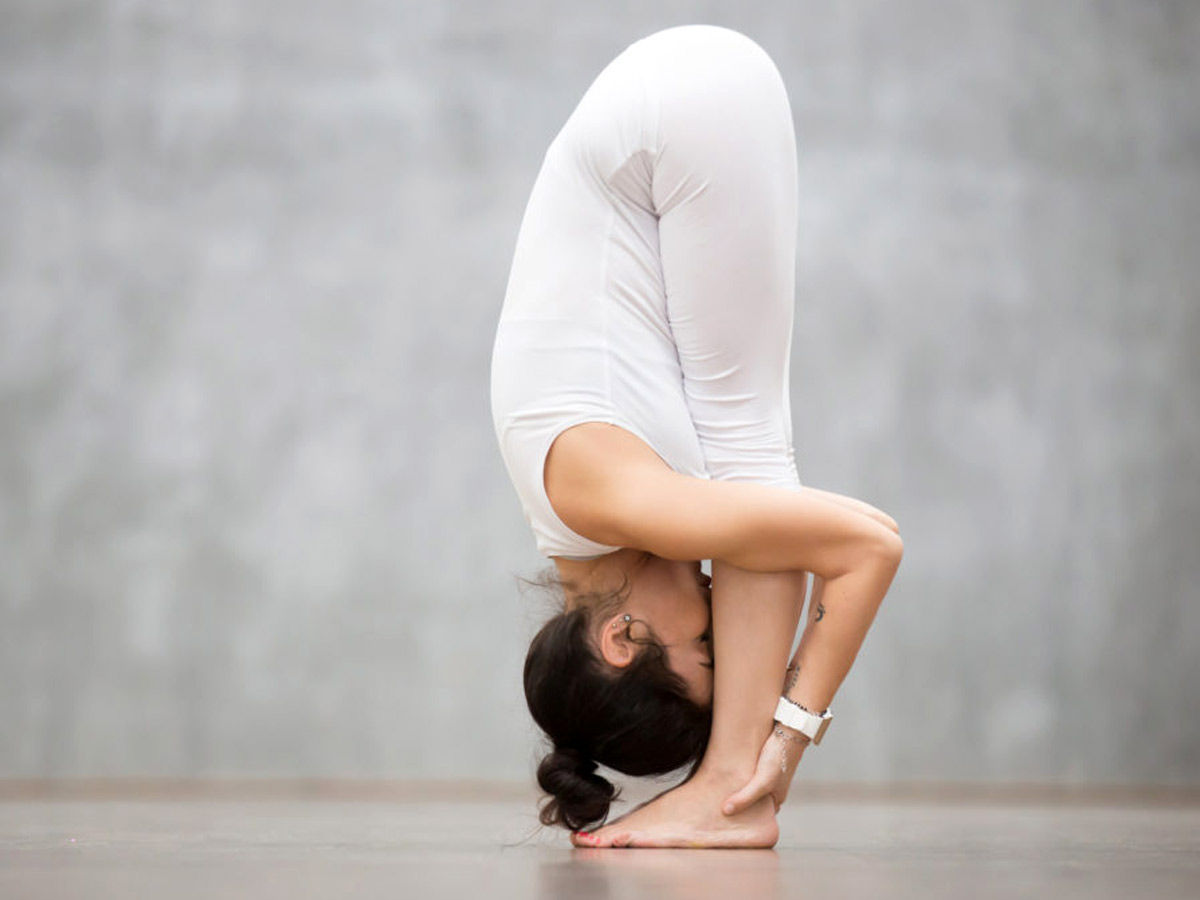
Stop breathing and stretch your legs over into a forward curve. If your hamstrings feel tight at first, bend your knees to allow your spine to relax. Allow the head to dangle heavily. For greater support, keep your knees slightly bent and your feet hip-width apart (you can straighten the legs, but unnecessary). You will swing gently side to side while clasping opposite elbows with opposite hands.
9. Kursiasana (Chair Pose)
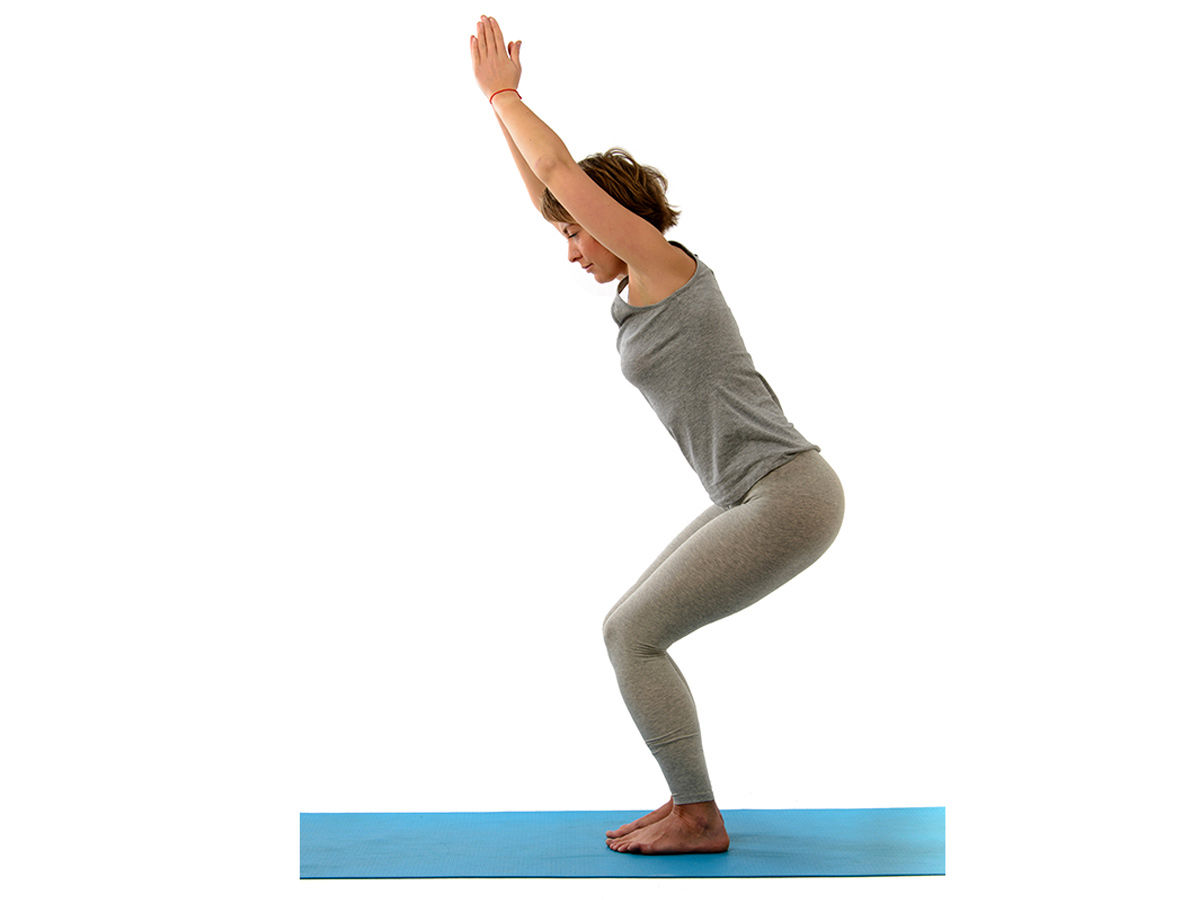
This is a powerful pose that strengthens the muscles in the legs and arms. It strengthens your willpower and energizes your body and mind. Maintain a straight posture with your feet slightly apart. Extend your limbs without bending your elbows. Inhale and bend your legs, pressing your pelvis down as if sitting in a chair. Maintain a straight back and hands parallel to the deck. Take a few deep breaths. Bend steadily, but don’t let your legs extend past your toes.

























